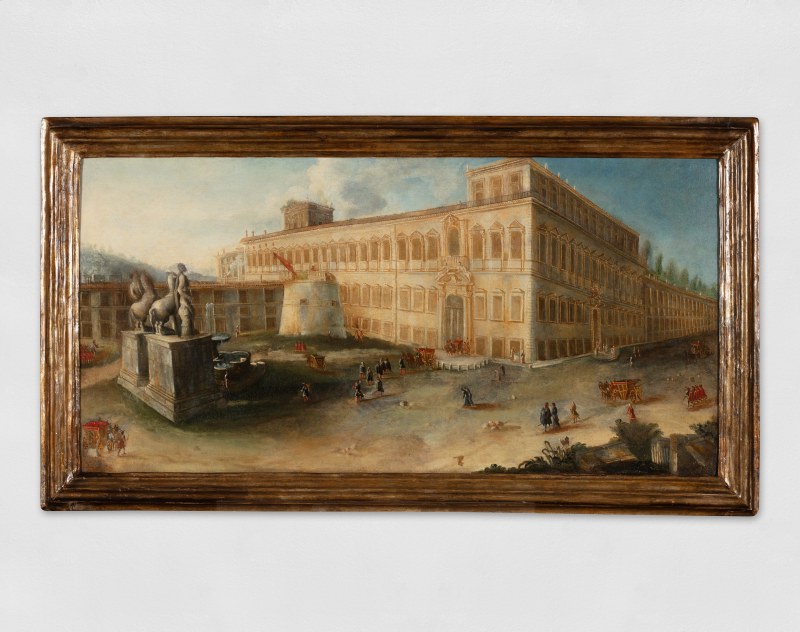-
Biography
Roman School (18th century)
In the 18th century, Rome was considered the capital of culture, at the forefront of the arts and sciences, as well as a crossroads for Europe’s greatest thinkers.
Late Baroque painting evolved towards greater grace and rationality, influenced by the principles of Arcadia, which, in the Eternal City, captivated both Italian and foreign artists, particularly the French.
The Roman School is an example of the evolution of Late Baroque and Rococo, moving towards a painting characterised by greater grace and rationality. [MOU1] This style blended various elements and tastes, ultimately leading to
Neoclassicism.
From the second half of the century, with the arrival of artists, collectors, antiquarians, and intellectuals from across Europe, Rome became the embodiment of the classical world, a major attraction for the emerging Neoclassical modernity. As Johann Joachim Winckelmann, a key theorist of Neoclassicism, put it, it represented a “mirror of the utmost freedom, superior to that of other states and republics”.
The 18th century in Rome was also marked by an intense building activity: the Ripetta Port, the Spanish Steps, and the Trevi Fountain, to name just a few of the works that reshaped the city.
Photo UniCredit Group (Sebastiano Pellion di Persano)
-
Works
Roman School XVIII Century
Accampamento di soldatiOil on panel / Olio su tavola / Öl auf Platte19 1/4 x 31 1/2 in
49 x 80 cmUniCredit S.p.A.Photo: UniCredit Group (Sebastiano Pellion di Persano)1of 3
Join our mailing list
* denotes required fields
In order to respond to your enquiry, we will process the personal data you have supplied in accordance with our privacy policy.



